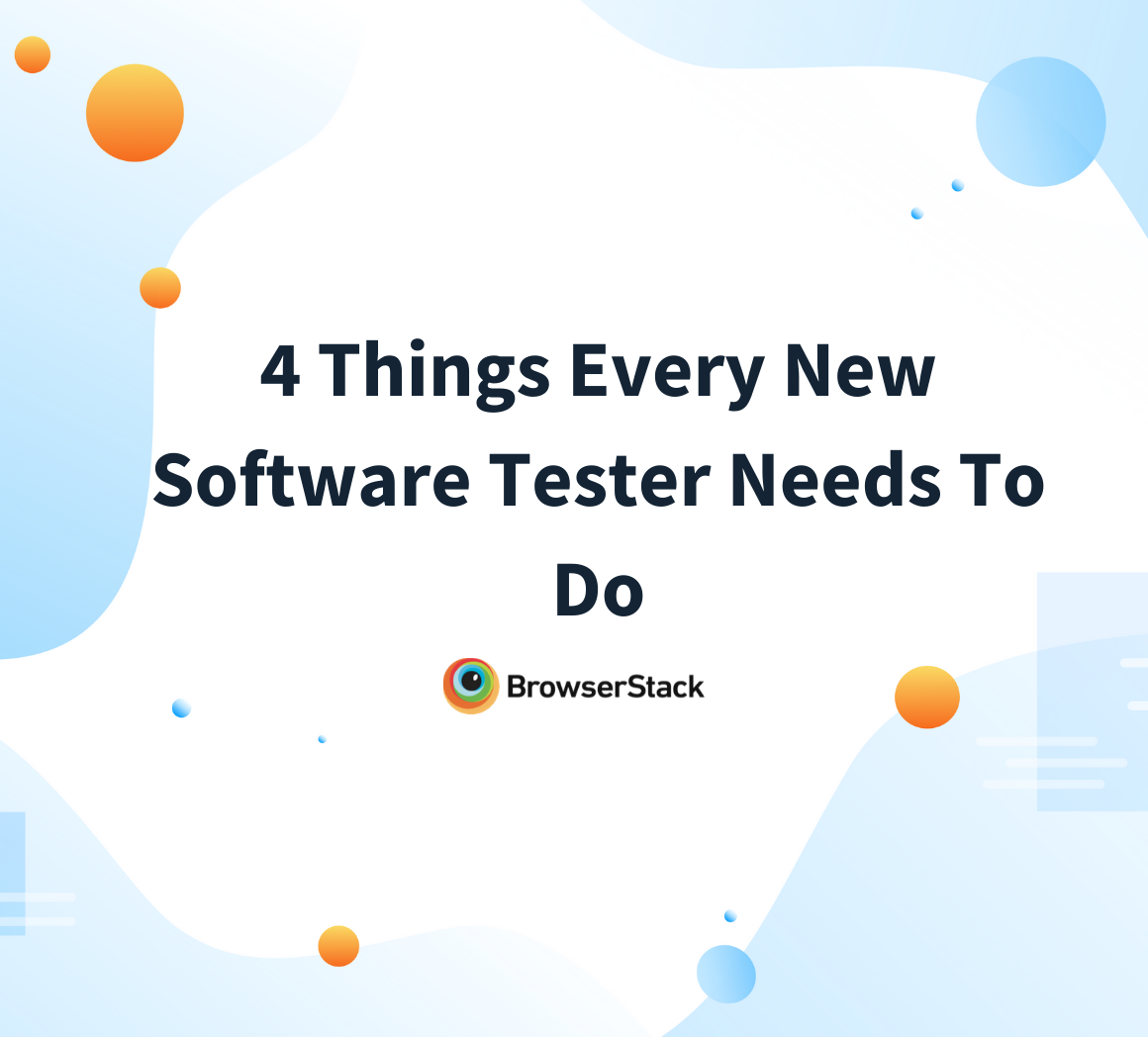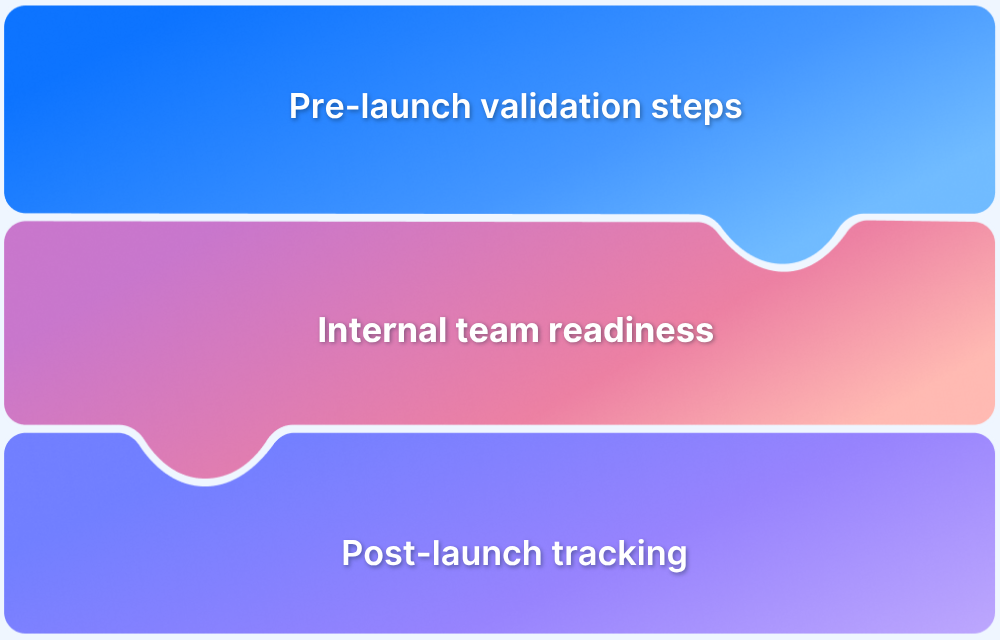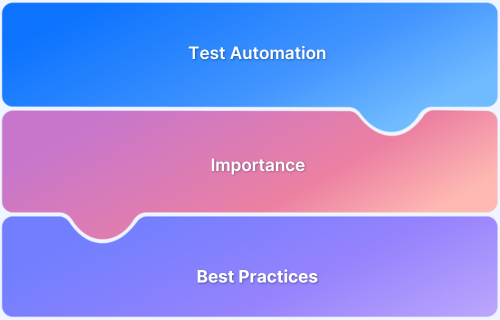Releasing software requires precision and coordination. Even small oversights can lead to outages, security issues, or user frustration, especially in complex environments with many teams and dependencies.
Overview
A software release checklist provides a structured and repeatable approach to managing releases. It ensures that essential tasks are completed, responsibilities are clear, and potential issues are addressed before the software reaches end users.
Key Components of a Software Release Checklist
- Define release scope, goals, and code freeze dates
- Validate builds and perform comprehensive testing
- Review documentation and notify stakeholders
- Back up data and prepare rollback strategies
- Monitor system performance after deployment
- Conduct a post-release review to capture learnings
Benefits of a Software Release Checklist
- Reduces the risk of missed steps or critical errors
- Improves coordination between development, QA, and operations
- Enhances release quality and stability
- Saves time by standardizing repeatable tasks
- Makes deployments more predictable and traceable
- Helps onboard new team members with transparent processes
This article presents a detailed software release checklist that covers all phases of the release cycle, from preparation and testing to deployment and post-release validation.
What is a Software Release Checklist?
A software release checklist is a detailed step-by-step guide that outlines all essential tasks and validations needed to deliver software updates to production successfully. It provides a structured approach to ensure that every part of the release process, including planning, testing, deployment, and post-release monitoring, is completed thoroughly.
This checklist prevents mistakes by creating a repeatable process that teams can follow to maintain consistency and quality. It helps coordinate efforts between development, quality assurance, operations, and product management teams to ensure nothing is missed during the critical release phase.
Using a software release checklist reduces the risk of bugs, system downtime, and security issues reaching users while improving communication and transparency throughout the entire release cycle.
Platforms like BrowserStack can further support this process by enabling teams to perform cross-browser and device testing efficiently, ensuring that releases work seamlessly across different environments.
Purpose of the Software Release Checklist
The primary purpose of a software release checklist is to provide a clear and organized framework that guides teams through each step of the release process. Below are some key purposes for understanding the importance of a software release checklist:
- Ensure all critical release tasks are completed consistently.
- Minimize risks related to system stability and user experience
- Align teams across development, testing, operations, and product management
- Prevent last-minute surprises and missed activities
- Increase confidence in the quality of each software release
- Improve communication and documentation throughout the release process
- Facilitate compliance with internal standards and external regulations
- Enable learning from past releases through better tracking and review
- Promote efficiency by providing a repeatable process
- Support transparency and accountability within the release cycle
Read More: 15 Techniques to Improve Software Quality
Pre-Release Checklist
Before initiating the release, teams should complete the following essential pre-release tasks to ensure readiness and prevent issues during deployment:
- Define the release scope, objectives, and timeline
- Freeze the codebase to avoid further changes
- Update release notes, user guides, and technical documentation
- Prepare and validate the staging environment to mirror production
- Ensure backups of databases and critical data are complete
- Establish rollback and recovery plans in case of failure
- Verify that all dependencies and third-party services are ready
- Communicate the release schedule and responsibilities to all stakeholders
- Confirm approvals from product owners, QA, and security teams
- Schedule final readiness reviews or go/no-go meetings
Testing Checklist
Thorough testing is essential to ensure quality, functionality, and reliability before deploying software. The testing checklist helps teams cover all critical test types to identify issues early and deliver a stable product.
- Execute unit tests to validate individual components or functions
- Perform integration tests to ensure that modules work together correctly
- Conduct regression tests to verify that recent changes do not break existing features
- Run system tests to validate the complete and integrated software system
- Carry out user acceptance testing to confirm the software meets business requirements
- Test cross-browser and cross-device compatibility to ensure a consistent user experience
- Perform security testing to check for vulnerabilities and ensure compliance
- Validate accessibility standards to make sure the software is usable by all users
- Conduct performance testing to assess responsiveness, load handling, and stability
- Execute exploratory testing to discover unexpected issues through unscripted use
Read More: A Complete Web Application Testing Checklist
BrowserStack helps streamline the testing process by providing real devices and browsers for manual and automated testing. Teams can test across thousands of device-browser combinations, validate responsiveness and visual accuracy using Percy, and run accessibility tests using integrations and custom automation scripts. This ensures higher coverage, faster feedback, and better confidence in every release.
Release Checklist
Before and during deployment, complete the following essential tasks to ensure a smooth and controlled software release:
- Confirm that all backups of databases and configuration files are complete
- Verify that the deployment environment is stable and properly configured
- Follow the approved deployment plan and process carefully
- Deploy the software using automated or manual methods as appropriate
- Enable monitoring and alerting tools to track system health during release
- Notify internal teams and key stakeholders about the deployment status
- Update status pages or communication channels with release progress
- Validate that all services and integrations are functioning as expected post-deployment
- Document any deviations or issues encountered during deployment
- Prepare to execute rollback procedures if critical problems arise
Read More: Website User Experience (UI/UX) Checklist
Post-Release Checklist
After deployment, it’s essential to monitor the system, validate key functionalities, and gather feedback to ensure the release performs as expected and does not introduce issues in the production environment. Complete the following tasks after the software is live:
- Monitor application performance, error logs, and uptime in real time
- Confirm that critical user journeys and core features are working as expected
- Track key metrics such as load times, usage spikes, and server response
- Communicate the release completion status with all stakeholders
- Collect initial user feedback and bug reports through support channels
- Validate analytics and tracking tools to ensure accurate data collection
- Ensure backup and rollback points are archived appropriately
- Document any incidents, hotfixes, or deviations from the planned release
- Update internal documentation and release notes as needed
- Schedule a retrospective to evaluate what worked and identify areas for improvement
Read More: Introduction to SDLC Phases and SDLC Models
Questions to Ask
Releasing software is more than completing a checklist; it’s about ensuring confidence in every area of the release process. These questions help teams verify readiness, reduce risk, and build smoother, more reliable deployments.
1. Is the product viable?
It is not possible to release a perfect piece of software that never needs to be updated or changed in any way. The digital landscape is constantly evolving, and every digital product has to keep catching up with new user preferences, demands and the influences of competition.
The idea is to create and release a product that is viable – something usable that can be released within the mandated deadline and meets end-user needs to a substantial extent. Invariably, the software will require changes over time, and end-users are well aware of this.
The initial release will never be complete but needs to be viable. It needs to function well enough to give users the functions they are primarily looking for.
2. Have the right tests been run on the right devices?
It’s not enough to simply know that a product has been tested before release. What matters is understanding what was tested, how it was tested, and what was left out, if anything.
Teams should assess:
- How much of the application has been tested?
- Which areas remain untested and why?
- Were the test results aligned with expectations?
This clarity around test coverage is essential to pre-release confidence. It helps identify gaps, anticipate risks, and reduce surprises after deployment. In most cases, features that are poorly tested, or not tested at all, are the root of post-release issues.
To gain full confidence, testing must reflect real-world usage. The most reliable approach is to test on real devices and browsers, under actual user conditions.
Platforms like BrowserStack streamline the testing process by offering seamless integration with popular development tools and continuous integration pipelines. This enables teams to accelerate testing cycles, detect issues earlier, and ensure consistent performance and quality across diverse environments.
Teams can validate functionality, visual integrity, and responsiveness, ensuring the software behaves exactly as users expect, across environments.
3. Is there a rollback plan?
If a feature causes issues in production, how can it be addressed? Is it possible to disable the feature? Or, will this require another round of deployment? If so, how long will it take? What will be the resulting downtime of the feature?
It is wise to expect that some kind of issue will crop up once the software is being accessed by the end-users. Have a mechanism in place that can address points of malfunction quickly and effectively. Without doing so, issue resolution becomes a long-drawn, effort-intensive process that wastes developers’ time and fosters unsatisfactory user experience.
4. Is there enough documentation in place?
This is a question that needs to be asked from the beginning of a software development project. However, it needs to be part of the software release checklist as well.
Every project involves multiple individuals – developers, testers, designers and other stakeholders. Without documentation on all fronts, it is not possible for all members of a team to be on the same page. This is true for both manual testing and automated selenium testing. Since the success of the agile method depends heavily on collaboration, accurate and adequate documentation is a make-or-break element in a project.
However, the need for documentation does not end with product release. User feedback needs to be collected so that the product can be improved accordingly. The process of implementing every change needs to be documented so that any flaws in execution can be identified and addressed quickly.
While this may seem like an excess of digital paperwork, documentation is always worth the effort. It helps teams progress faster by reducing any conflicts or miscommunication that may arise from not have the complete picture of a project.
5. Is the support team ready?
Is the support team well educated on the software being released? Do they know what users are most likely to have trouble with? Are they aware of the software’s capabilities so that they can manage user expectations? Do they have access to help documentation that they can offer the customer?
Any software release must be accompanied by a competent support team. Customer-facing issues can be reduced to a large extent if the support team is trained and they clearly understand how an application works. Generic replies do very little to satisfy customers. In fact, an ill-equipped support team goes a long way in harming brand and product credibility.
Ensure that the support team is aware of any features that may raise questions. Set them up for success by giving them as much relevant information as possible. This does not simply ensure a successful release cycle but also prevents developers and product managers from dealing with repetitive questions later.
The nature of a software release cycle determines the nature of the software. Streamline the process so that both dev teams and customers get what they want with lower effort. A software release checklist helps to ship products faster because every release is verified for maximum viability through a reliable pipeline. Include the questions discussed above in every release checklist, so that every release offers the best possible user experience.
6. Has user feedback from the previous release been addressed?
User feedback is a direct reflection of how the product performs in real scenarios. Ignoring it increases the risk of repeated complaints and missed opportunities to build trust.
It’s important to review bug reports, feature requests, and UX comments from the last release and resolve or communicate action plans clearly. Demonstrating that feedback leads to action builds credibility with end users.
7. Are all environment configurations consistent across dev, staging, and production?
Differences between environments often cause bugs that are hard to reproduce or fix. Configuration mismatches in environment variables, API endpoints, or build scripts can break features after deployment.
All environments should be aligned in terms of infrastructure, data models, and runtime settings, with automation or environment parity tools helping enforce consistency.
Conclusion
A successful software release depends on more than just writing and testing code. It requires structured planning, rigorous validation, and coordination across teams.
A well-defined release checklist ensures nothing critical is overlooked, from pre-release testing to post-deployment monitoring. It helps teams reduce risk, maintain stability, and deliver high-quality software that meets user expectations.
As software environments grow more complex, using real devices, comprehensive testing strategies, and reliable tools becomes essential. Platforms like BrowserStack support this effort by enabling thorough testing across real user conditions, helping teams release faster and with greater confidence.







